| |
| |
| |
| Presented By Northrop Grumman |
| |
| Axios Space |
| By Miriam Kramer ·Nov 10, 2020 |
| Thanks for reading Axios Space. At 1,211 words, this week's newsletter will take you about 4½ minutes to read. - Please send your tips, questions and Space Force feelings to miriam.kramer@axios.com, or if you received this as an email, just hit reply.
|
| |
| |
| 1 big thing: Space Force heads to space |
 |
|
| Illustration: Eniola Odetunde/Axios |
| |
| The U.S. Space Force is slated to swear in its first officer in space just as the scope and mission of the military's newest branch are being defined. Why it matters: The Space Force — one of President Trump's major space policy initiatives — will continue to be shaped by a new administration with potentially different ideas about how to protect U.S. national security in space. State of play: NASA astronaut and Air Force Col. Mike Hopkins is expected to launch to the International Space Station aboard a SpaceX capsule on Saturday with three other crew members. - It's not yet clear when Hopkins will be sworn in to the Space Force or what the ceremony will look like from orbit.
- He will be the first astronaut to join the service.
The big picture: The commissioning is happening as the White House is in transition and the military branch is crafting its own identity. - The Space Force is often depicted as a publicity stunt from the Trump administration, while others in the space industry see it as a useful and necessary way of prioritizing national security in space.
- But even supporters worry the politicization and Trump's branding of the new military branch is keeping people from understanding its vital mission.
What they're saying: The Space Force sees the commissioning "as a way to spotlight the decades-long partnership between DoD [the Department of Defense] and NASA," Col. Catie Hague, a Space Force spokesperson, told SpaceNews. - But some space watchers see the plan to commission Hopkins as a further distraction from the Space Force's core mission.
- The new branch of the military is supposed to protect assets in orbit and keep an eye on threats to critical infrastructure like GPS satellites. NASA, on the other hand, is a civil agency focused on exploration and science.
- "The skill sets that you need to be an astronaut is totally different than the skill set you need to be a space operator in the Space Force," Todd Harrison, an analyst at the Center for Strategic and International Studies, told me, adding this high-profile commissioning runs the risk of conflating two very different missions.
The commissioning could also send conflicting messages to NASA's partners aboard the station. - NASA's international partners may be taken aback by the commissioning — a show of military force — happening on the station, which is built on diplomatic, not military power, according to Kaitlyn Johnson, also of CSIS.
What to watch: The Space Force's public-facing strategy may also change under a Joe Biden presidency. - It's possible the Space Force will be treated like other branches of the military and left to do its work.
- And while most think the new service will not be dismantled under Biden, experts warn the Space Force still needs to justify its existence and be taken seriously by members of the public.
- "The Space Force needs to prove its value and prove it was not just some whim of an idea by President Trump," Harrison said.
|
    |
| |
| |
| 2. SpaceX's next crewed launch |
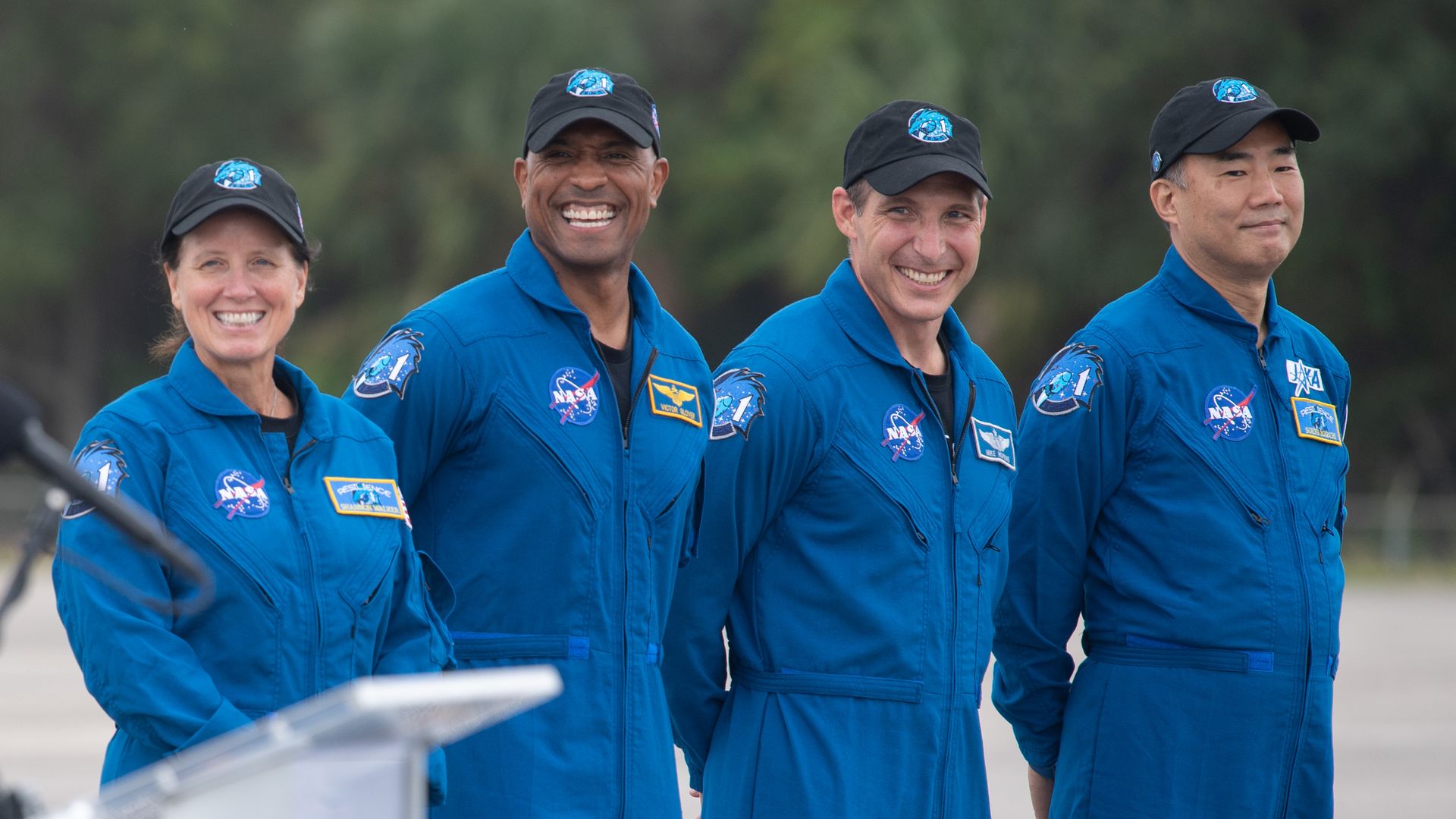 |
|
| From left to right: Shannon Walker, Victor Glover, Mike Hopkins and Soichi Noguchi. Photo: NASA/Joel Kowsky |
| |
| Saturday's SpaceX launch will bring a fresh crew of astronauts to the International Space Station and kick off what are expected to be regular crewed SpaceX missions to orbit for NASA. Why it matters: This will be SpaceX's second crewed flight and its first operational mission after a successful test flight in May brought astronauts Bob Behnken and Doug Hurley to the station. How to watch: NASA will air coverage of the crewed launch carrying NASA's Hopkins, Shannon Walker, Victor Glover and Japan's Soichi Noguchi to orbit starting midday on Saturday. - You can watch it live via NASA TV here starting at 3:30pm ET, with launch expected at 7:49pm ET.
What to watch: Each of the astronauts flying to space aboard the SpaceX capsule named Resilience will bring their own skills to their six-month mission aboard the station. - Hopkins — who first flew to space in 2013 — will command the Crew Dragon during its flight, acting as the astronaut responsible for making sure the crew stays safe during the mission.
- Walker is heading to space for her second mission aboard the station. She was chosen as an astronaut in 2004.
- This will be Glover's first flight to space, where he is set to become the first Black American to live long-duration on the space station.
- The Crew Dragon will be the third spacecraft Noguchi has flown aboard, alongside the space shuttle and Soyuz.
The big picture: These SpaceX launches are key for NASA as the agency transitions away from buying flights to orbit aboard Russia's Soyuz spacecraft. - The agency hasn't purchased any more Soyuz seats, making SpaceX's Crew Dragon its only game in town, at least for now.
- Boeing is also expected to start flying astronauts to space for NASA at some point in the coming year, giving the space agency a bit more redundancy when it comes to getting its people to orbit.
1 fun thing: Once the four new crew members arrive on the space station, joining the three other crewmates onboard already, sleeping quarters are going to be pretty tight. - Hopkins will likely sleep in the Crew Dragon while docked to the station, at least until a new crew quarter can be delivered to them in orbit.
|
    |
| |
| |
| 3. A planet with rocky rain |
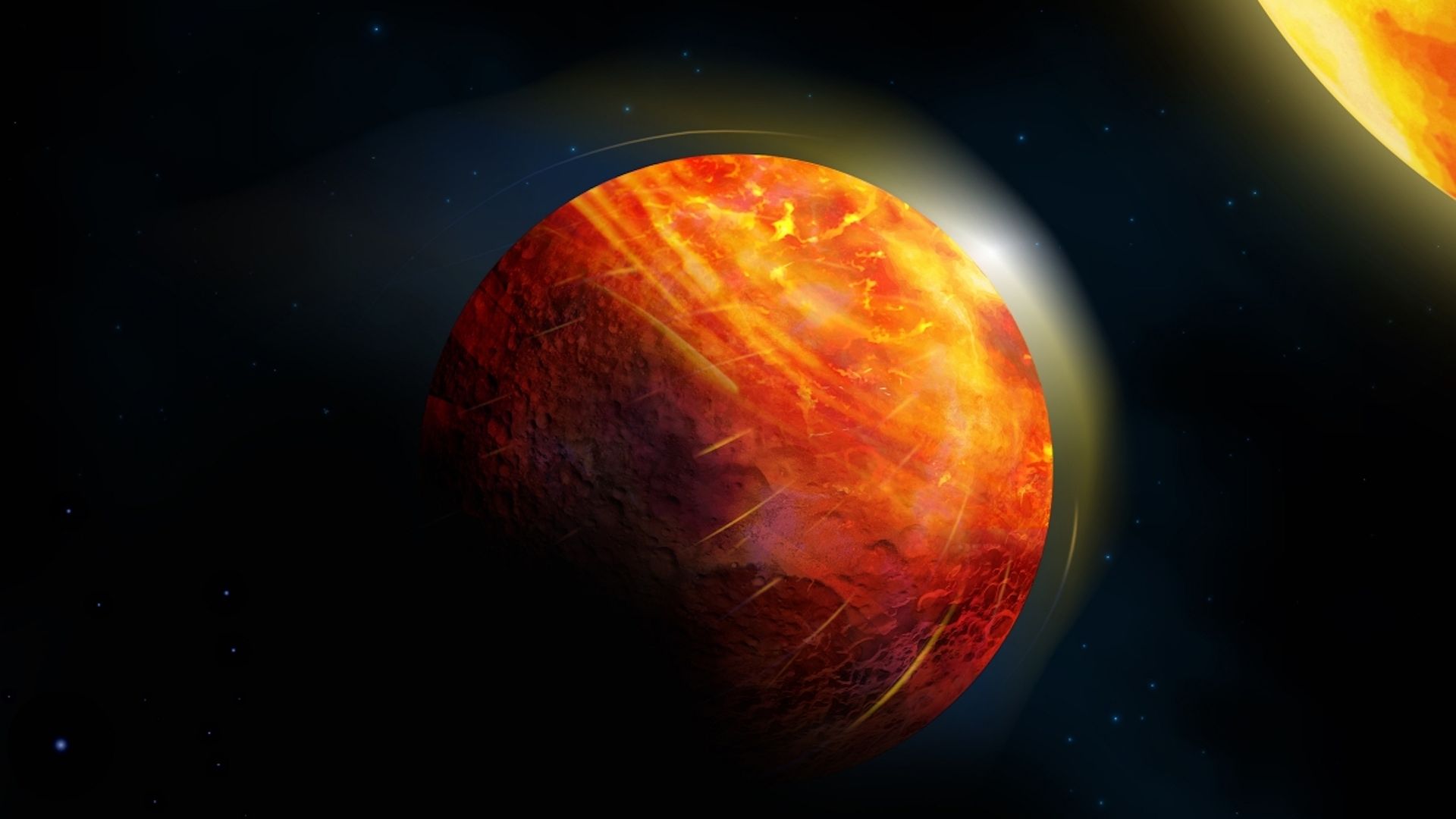 |
|
| Artist's illustration of K2-141b. Photo: Julie Roussy/McGill Graphic Design/Getty |
| |
| It's raining rocks on a world hundreds of light-years from Earth. The big picture: Scientists have found more than 4,000 planets outside of our solar system, giving them a window into the wide variety of worlds that exist out there in the universe, and placing our own planet in a more full context. What they found: A study published in the Monthly Notices of the Royal Astronomical Society uses computer simulations to reveal new details about the previously discovered planet K2-141b, which is host to winds that blow faster than the speed of sound and an ocean of lava. - The planet — which is about the size of Earth — also has a "rock cycle," in which vaporized rock on the extremely hot day side of the world creates a thin atmosphere over some parts of the planet that condenses and falls down as rain.
- Temperatures on the day side of the tidally locked planet can reach about 5,432°F, with the night side hitting temperatures of -328°F.
- "All rocky planets, including Earth, started off as molten worlds but then rapidly cooled and solidified. Lava planets give us a rare glimpse at this stage of planetary evolution," Nicolas Cowan, one of the authors of the study, said in a statement.
|
    |
| |
| |
| A message from Northrop Grumman |
| It's impossible to connect the joint force as one. Until it's not |
| |
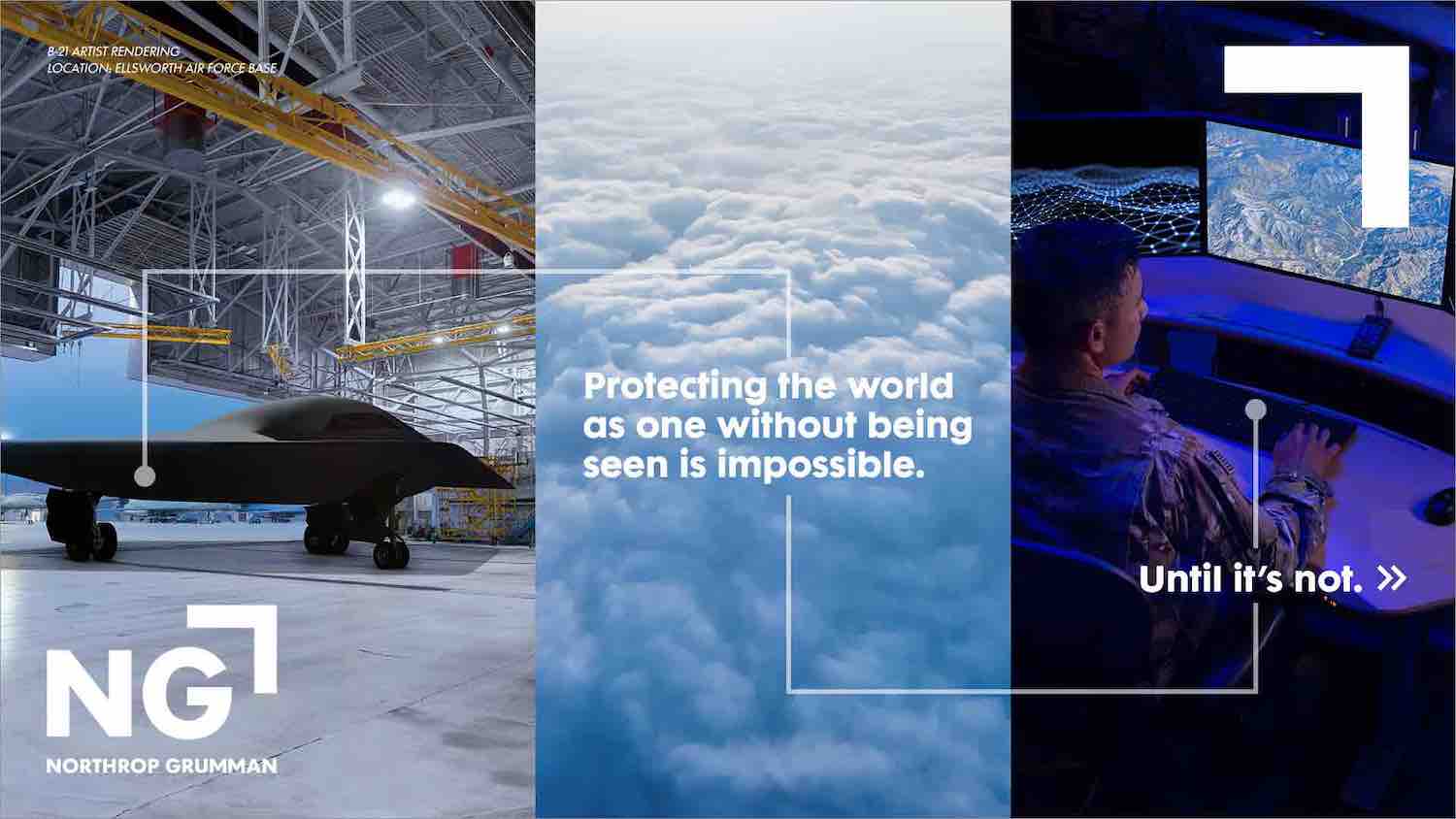 |
| |
| How is Northrop Grumman Cyber defining possible? Here's how: We provide powerful, scalable networks and integrated capabilities that ensure warfighters and the systems they depend on can act as one joint force across every domain, service and mission. Learn more about how. |
| |
| |
| 4. Out of this world reading list |
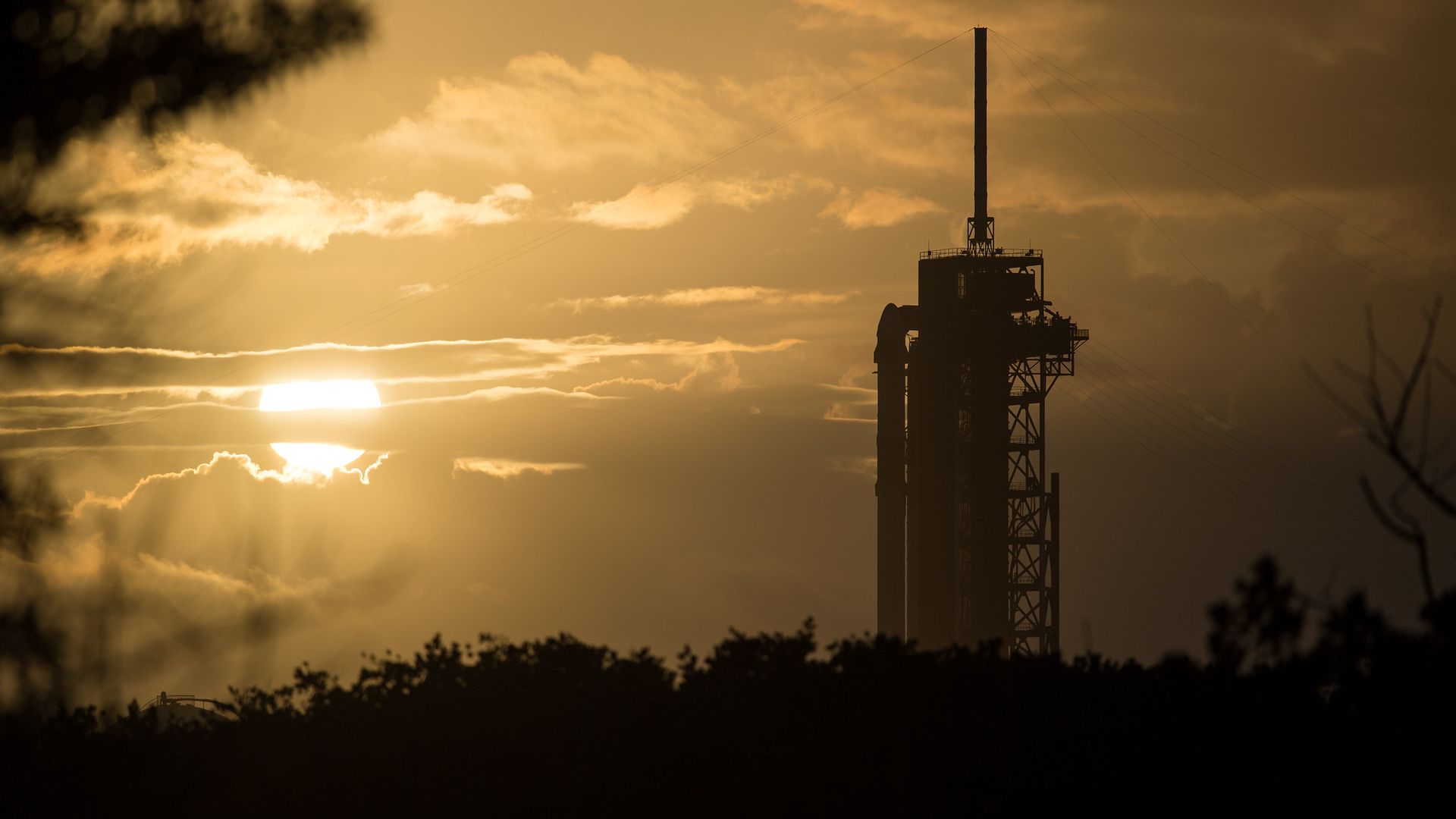 |
|
| The SpaceX rocket expected to deliver four new crewmembers to the ISS. Photo: NASA/Joel Kowsky |
| |
| NASA chief plans to step aside under Biden (Irene Klotz, Aviation Week) Second cable fails at Arecibo, causing even more damage (George Dvorsky, Gizmodo) SpaceX explains why the U.S. Space Force is paying $316 million for a single launch (Sandra Erwin, SpaceNews) Rocket Lab's next launch will feature a rocket recovery dress rehearsal (Loren Grush, The Verge) SpaceX is serious about creating its "own legal regime" on Mars (Dave Mosher, Business Insider) |
    |
| |
| |
| 5. Your weekly dose of awe: A waterfall of stars |
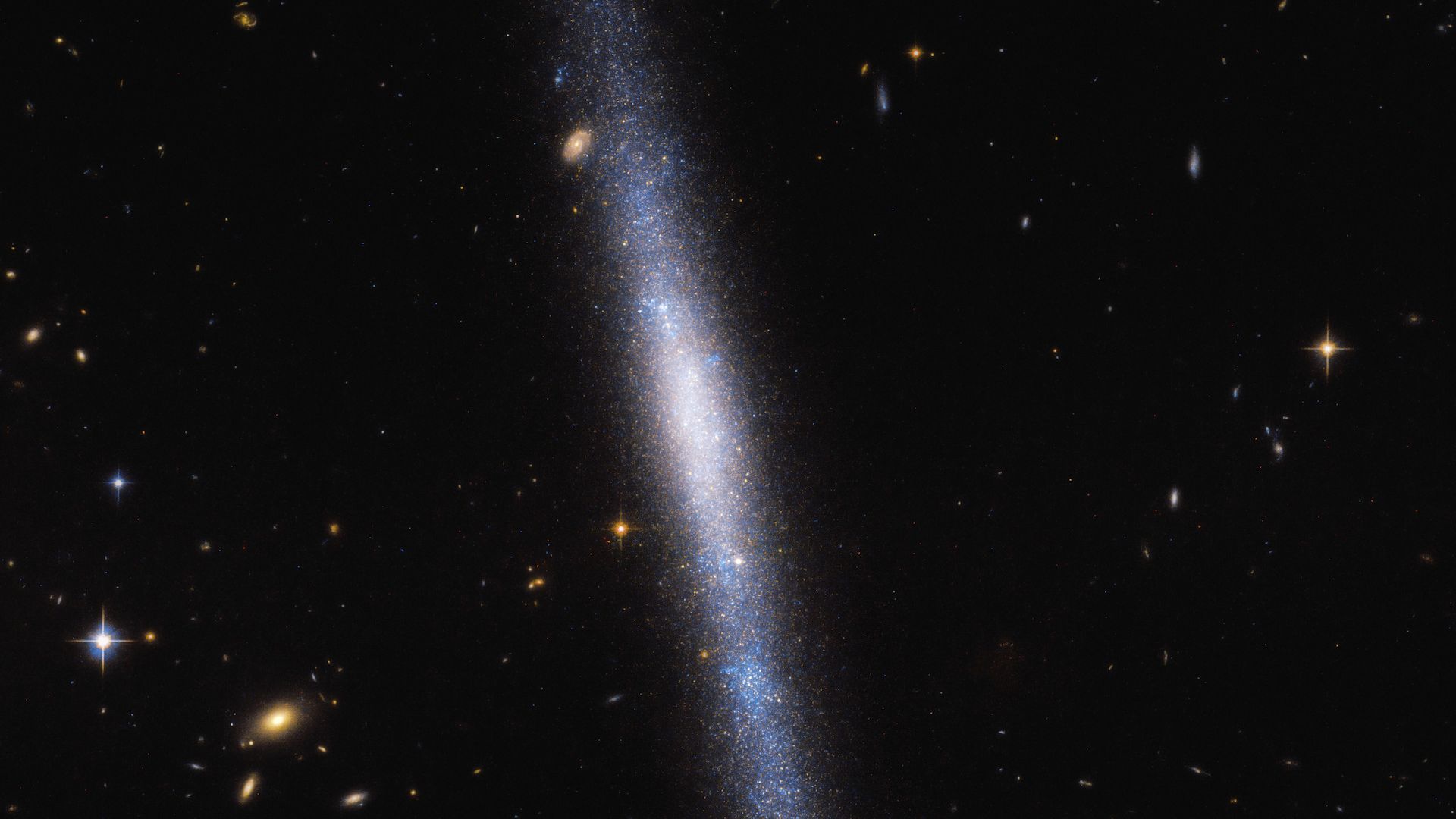 |
|
| Photo: ESA/Hubble/NASA |
| |
| The Hubble Space Telescope has revealed the extreme diversity of galaxies in our universe during its decades in orbit. - This photo shows the galaxy UGCA 193 with its hot, young stars glowing blue.
- "We know that cooler stars appear to our eyes as redder, and hotter stars appear bluer," NASA said in an image description. "A star's surface temperature and color are also linked to its mass, with heavier stars 'burning' at higher temperatures, resulting in a blue glow from their surfaces."
|
    |
| |
| |
| A message from Northrop Grumman |
| It's impossible to connect the joint force as one. Until it's not |
| |
 |
| |
| How is Northrop Grumman Cyber defining possible? Here's how: We provide powerful, scalable networks and integrated capabilities that ensure warfighters and the systems they depend on can act as one joint force across every domain, service and mission. Learn more about how. |
| |
| Big thanks to Alison Snyder, Sheryl Miller and David Nather for editing this week's edition. If this email was forwarded to you, subscribe here. 🚀 |









No comments:
Post a Comment